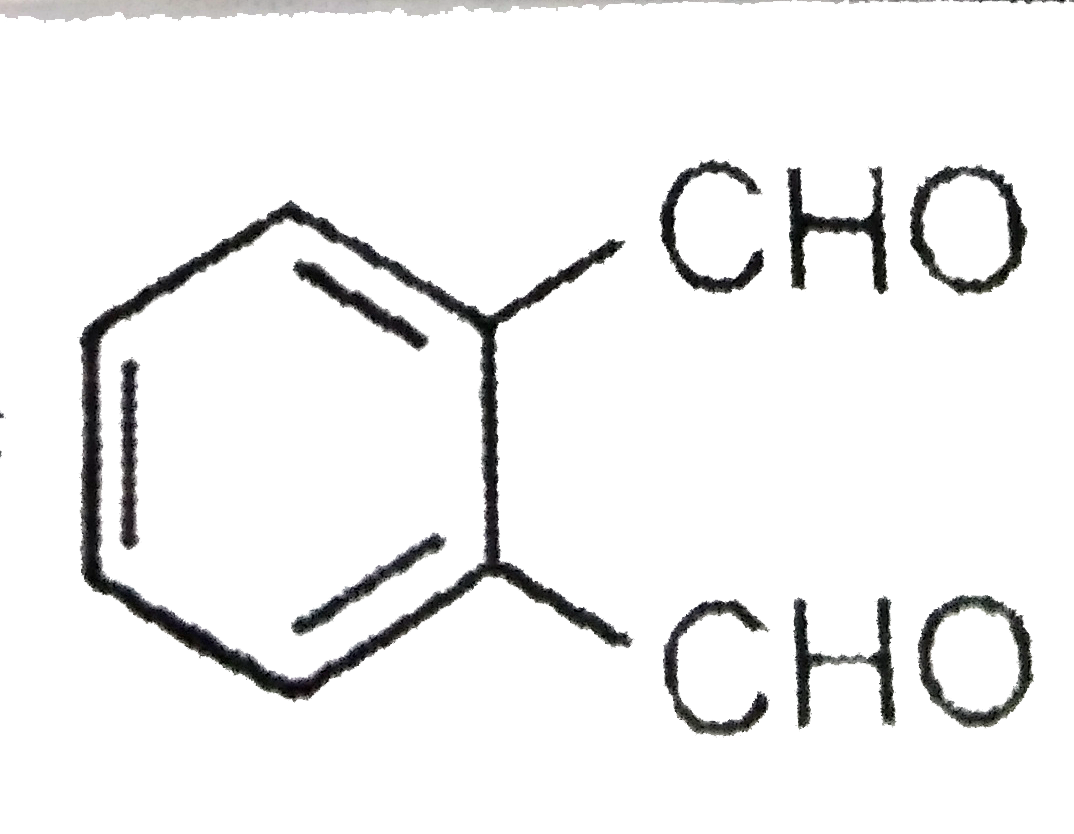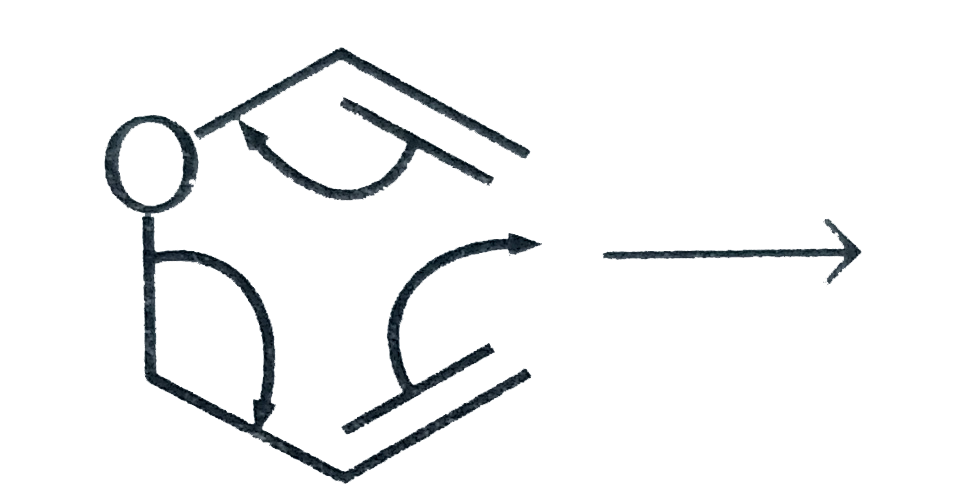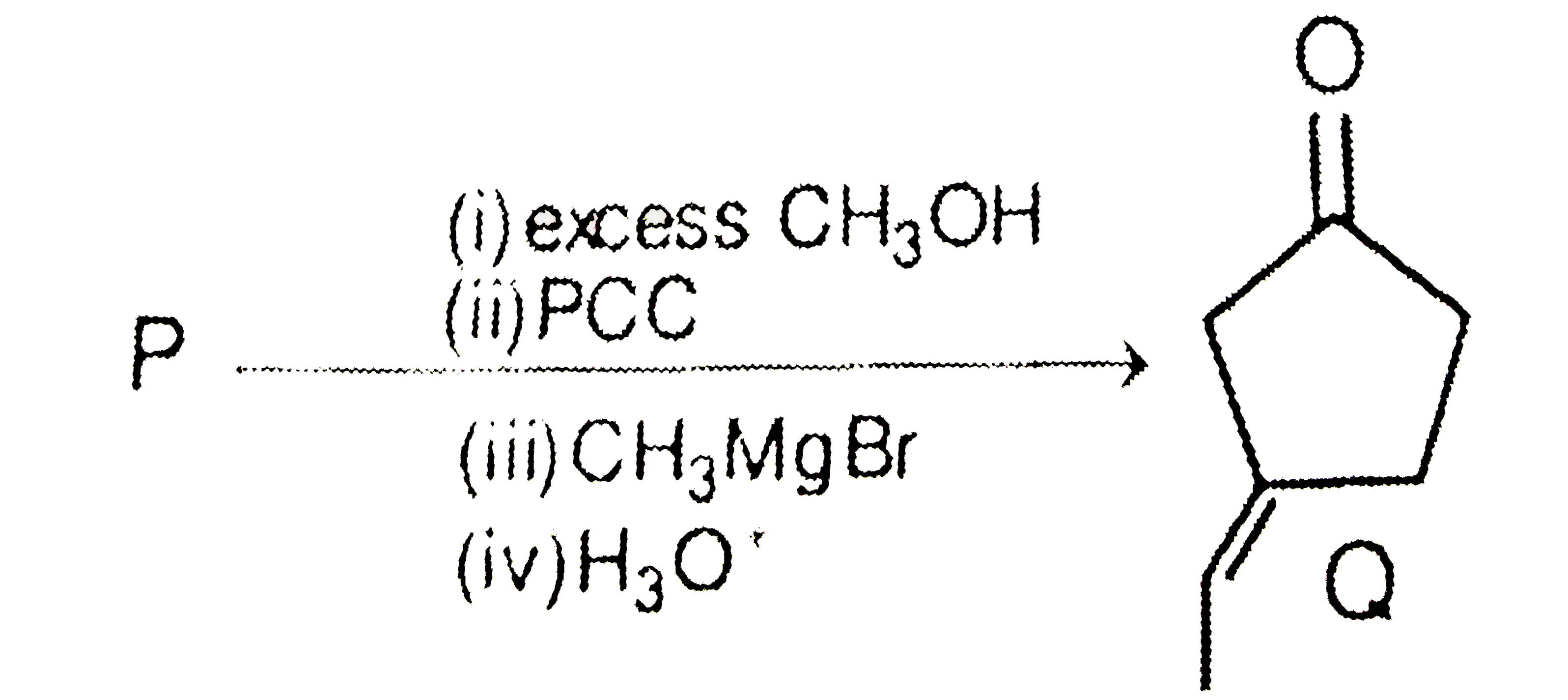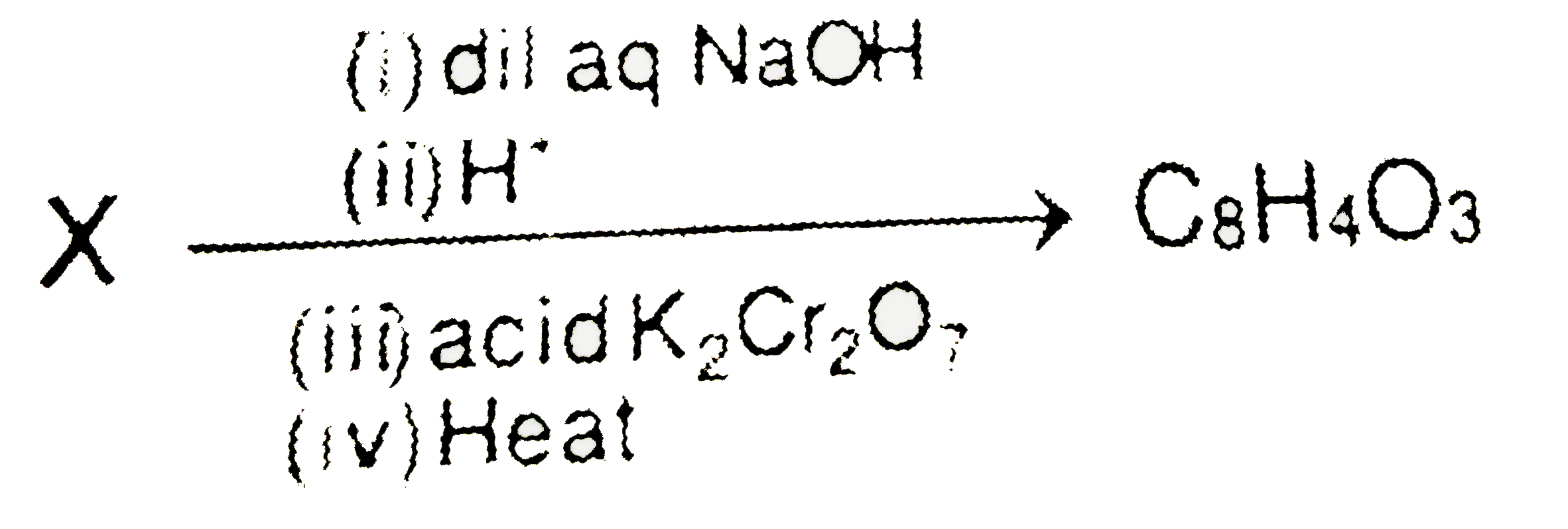Complete Solutions to Part -II of chapter CARBONYL COMPOUNDS (ALDEHYDES & KETONES ) & CARBOXYLIC ACID of Class 12 book with complete answers and questions
| Class 12 | CHEMISTRY |
| Chapter | CARBONYL COMPOUNDS (ALDEHYDES & KETONES ) & CARBOXYLIC ACID |
| RESONANCE NEW | Part -II |
| Number Of Questions | 38 |
| Academic Year | 2023-24 |
The treatment of
 with concentrated NaOH gives 03:18View Solution
with concentrated NaOH gives 03:18View SolutionIndustrial production of acetaldehydes is done by
View Solutionacetaldehyde reacts with a mixture of KCN and `NH_(4)Cl` to give a product X which upon hydrolysis yields alanine. The products X is
View SolutionWhen m-chlorobenzaldehyde is treated with `50% KOH` solution, the product (s) obtained is (are)
02:02View SolutionConsider the following reactions
 (LDA=lithiumdiisopropyl amide) the products M and Y respectively are 03:29View Solution
(LDA=lithiumdiisopropyl amide) the products M and Y respectively are 03:29View SolutionThe most favourable product of the following reactions is
 03:19View Solution
03:19View SolutionThe compound that would undergo hydration very easily is
03:44View SolutionCyclohexanone oxime is converted into `epsilon`-caprolactam by treatement with
View SolutionCurved arrows are used in Organic Chemistry to show the moment of electrons in the mechanism of a reaction . The correct product of the following rection is
 01:55View Solution
01:55View SolutionThe reaction of 50% aq KOH on an equimolar mixture of 4-methylbenzaldehyde and formaldehyde followed by acidification gives.
01:57View SolutionWhich of the following reaction mechanism doe not involves carbocation as an intermediate ?
View SolutionThe pair of the equimolar compound that would be give a single condensation product when treated with an alkali is
View SolutionThe main product X formed in the following reaction is
 View Solution
View SolutionAn organic compound ("X") is a disubstituted benzene containing 77.8% carbon and 7.4 % hydrogen. Heating an alkaline solution of "X" with chloroform gives a steam volatile compound "Y" . Heating "Y" with acetic anhydride and sodium acetate gives a smelling crystalline solid "Z". "Z" is
View SolutionCompound "X" undergoes the following sequences of reactions to form "Y"
 compound "Y"is -View Solution
compound "Y"is -View SolutionThe product ("X") of the following sequences of reactions is
 View Solution
View SolutionThree isometic compounds M,N and P `(C_(5)H_(10)O)` give the following tests
(i) M and P react with sodium bisulfite to form an adduct J
(ii) N Comsumes I mol of bromine and also gives turbidity with conc. HCl/anhydrous `ZnCl_(2)` after prolong heating
(iii) M reacts with excess of iodine in alkaline solution to give yellow crystalline compound with a characterstics smell.
(iv) p-Rosaniline treated with sulphur dioxide develops pink colour on shaking with P the structure of M,N and P, respectively areView Solution4-Hydroxy-4-methylpentanal on heating with excess of methanol in the presence of an acid catalyst followed by dehydration of the products gives
View SolutionCompound "X" in the following reaction is
 View Solution
View SolutionCompound "X" in the following reaction is
 View Solution
View SolutionCompound 'P' that undergoes the sequence of reactions given below to give the product Q is
 View Solution
View SolutionThe major product of the following reaction is
 05:02View Solution
05:02View SolutionThe reaction `RCH_(2)CH_(2)COOH overset(Red P)underset(Br_(2))toRCH_(2)-underset(Br)underset(|)(C)HCOOH` is called as
View SolutionFormic acid and acetic acid differ in
View SolutionThe electrolysis of the disodium salt of pentanedioc acid gives
View SolutionThe compound that gives a lactone on heating is
View Solutionthe compound that readily undergoes decarboxylation is
View SolutionThe most unstable compound is
View SolutionThe product obtained when propanamide is distilled with phosphorous pentoxide is `(CH_3CH_(2)CO)_(2)O`
View SolutionThe product B of the following sequence of reactions is
`C_(6)H_(5)CONH_(2) overset(Br_(2))underset(NaOH)toA overst(NaNO_(2)//HCl)underset(ul(" "0-5^(@)C" "))toB`View SolutionWhat is the major product obtained from the following reactions ?
`HOCH_(2)overset(O)overset(||)(C)OH overset(SOCl_(2))to overset(CH_(3)OH)to`03:05View SolutionWhat is the major product obtained from the following reactions ?
`CH_(3)COCH_(2)COOH overset("heat")to` productView SolutionA nitrile X is treated with `LiAIH_(4)` to obtain compound `Y(C_(2)H_(9)N)` reacts with benzensulfonyl chloride to give `Y(C_(13)H_(13)NO_(2)S)` which is insoluble in alkali. The compound X is-
03:02View Solution`CH_(3)CH_(2)CH(OH)CH(CH_(3))_(2)+CH_(3)COCI overset("base")rarr CH_(3)CH_(2)CH(OCOCH_(3))CH(CH_(3))_(2)+HCI` In the above reaction, if the reactant alcohol is a pure R-isomer the product would.
02:23View SolutionCompound P on treatement with `CH_(2)N_(2)` (diazomethane) produces compound Q. compound Q on reaction with Hl produces two alkyl iodides R and S . Alkyl iodide S with higher number of carbon atoms on reaction with KCN followed by hydrolysis gives 3-methylbutanoic acid. the compound P is
View SolutionThe major product (Y) of the following reactions is
 View Solution
View Solution4-amino-3-methylbutanoic acid is treated with thionyl chloride followed by ammonia to obtain compound X. X on reaction with, bromine in an alkaline medium gave compound Y. For estimation, Y was titrated with perchloric acid. The volume of 0.1 M perchloric acid needed to react with 0.22 g of Y is :
05:57View SolutionThe compound 'X' undergoing the following reaction is
 View Solution
View Solution
Part -II questions and complete solutions for chapter CARBONYL COMPOUNDS (ALDEHYDES & KETONES ) & CARBOXYLIC ACID of PHYSICAL, INORGANIC, AND ORGANIC CHEMISTRY of Class 12
